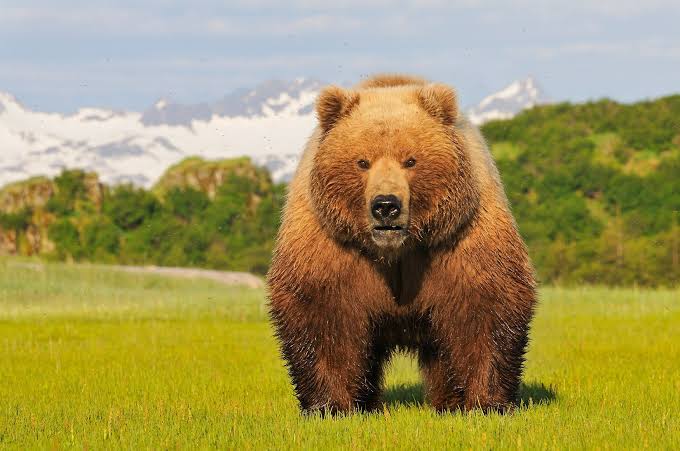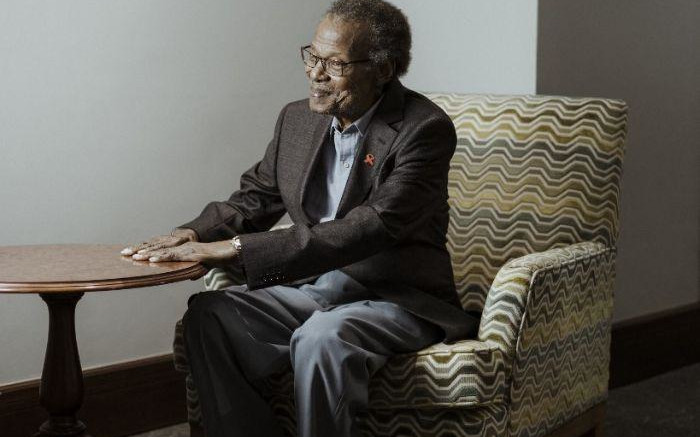

It was rare to see this but when I did it was a Samsung and it had been dropped.
Yeah I agree with you there I’ve experienced the same, it’s almost always a Samsung with an OLED screen and curved edges, that gets dropped with a hard impact on one of the corners.






From what I’ve seen, it’s a QR code that links to a website which logs your IP address, along with other details.